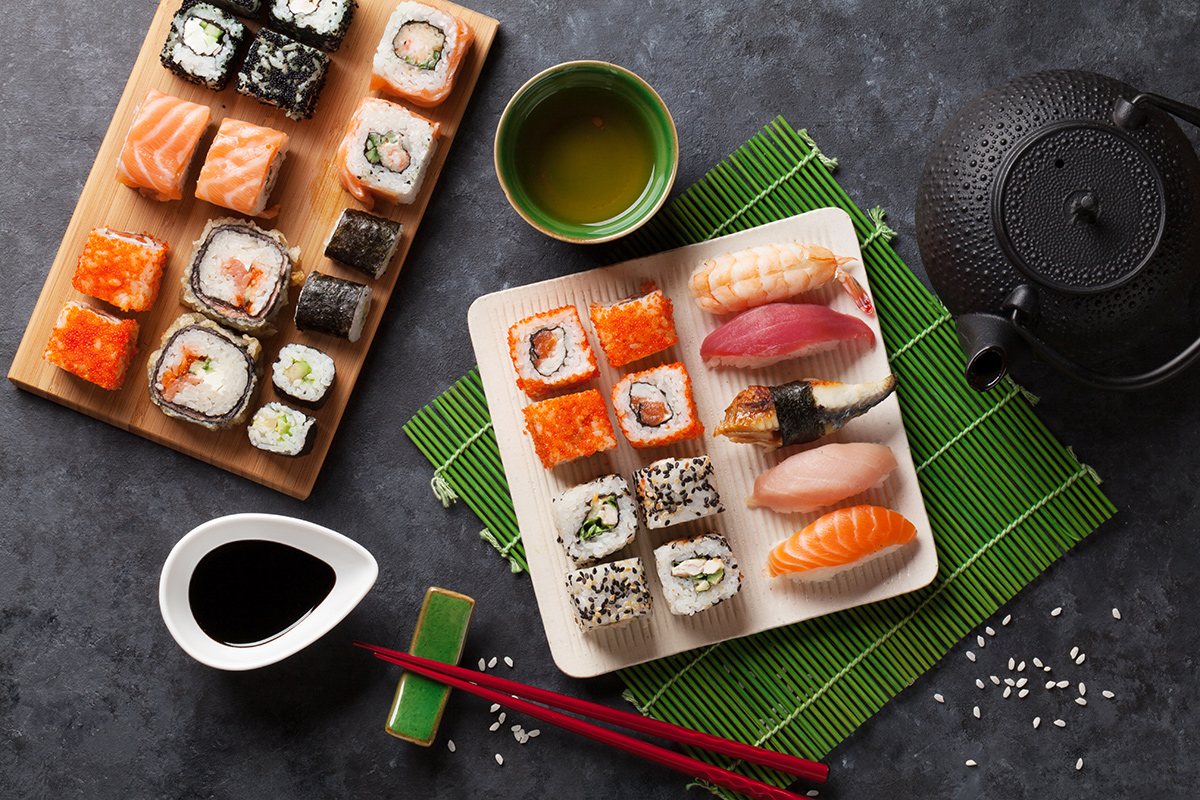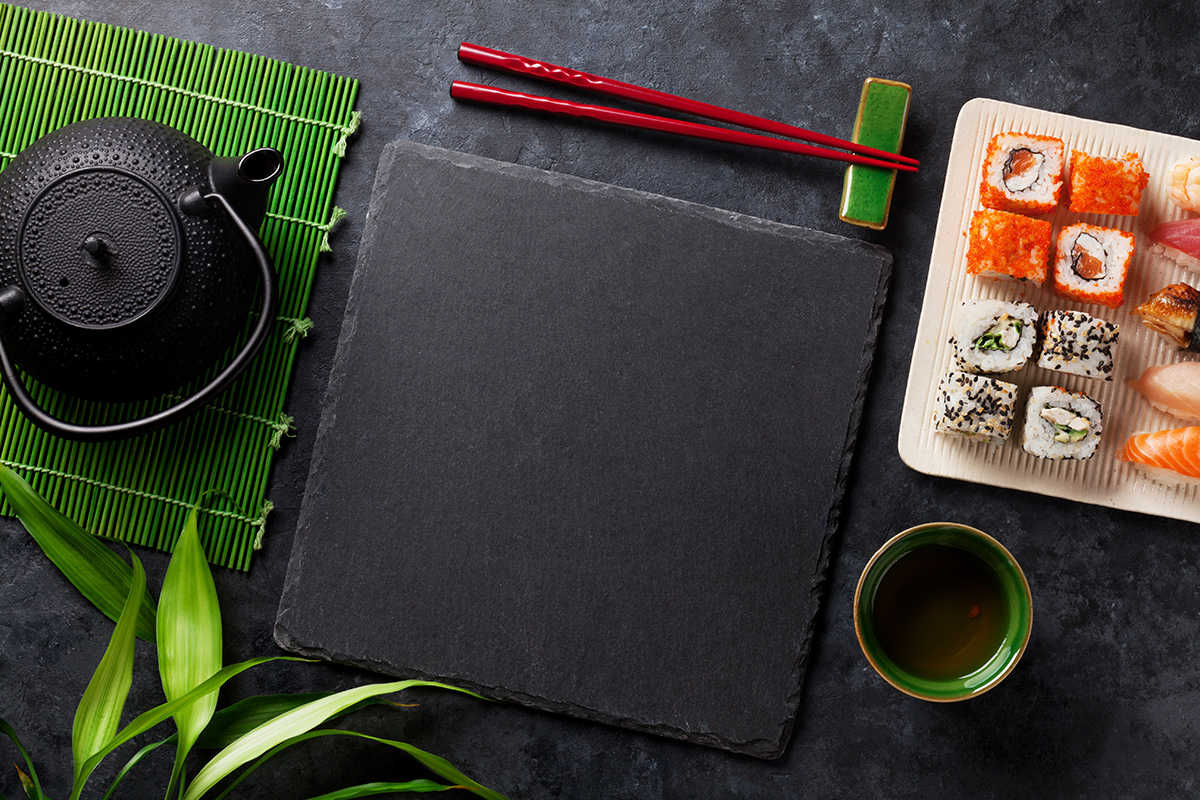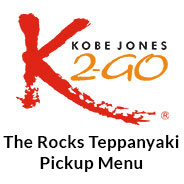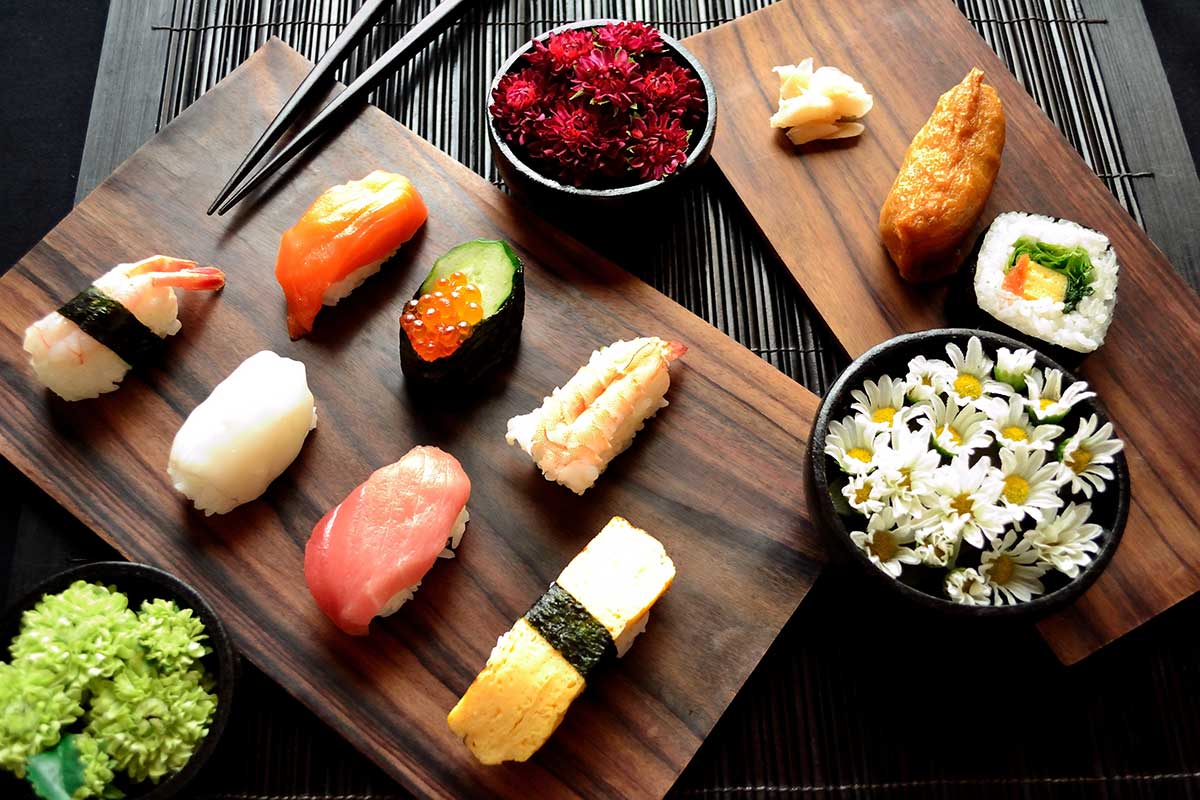If you’ve ever eaten Japanese food, you’ll know that visual presentation is an absolutely essential ingredient – it’s as much a part of the dining experience as the actual taste of the food.
When Japanese chefs prepare their food, every aspect from the arrangement on the plate, through to the garnish on top, is carefully chosen.
How do they do it?
The presentation of Japanese cuisine follows key plating principles and concepts. It’s all about minimalism, beauty and uniqueness.
You’ll never see a Japanese dish overloaded with food and you’ll always find a mix of interesting colours, patterns and texture.
Here are the basic rules of Japanese food presentation followed in the kitchen of your favorite Japanese restaurants:
1. Asymmetry and balance
While Western foods are presented on round plates and food is plated with symmetry in mind, Japanese food is served on plates and bowls of varying shapes and sizes.
The art of the dishes makes use of the food’s height and contrast, with components placed slightly askew to create drama on the plate. The more variety in colour, texture, arrangement and size, the better. Asymmetry can also be reflected in the quantity of food – you’ll often see Japanese servings in threes, fives and sevens. Five is the most common, as it represents the five tastes: sweet, savory, salty, sour and bitter.
2. Colour

There are five key colours used in Japanese cooking – red, green, black, white and yellow – and you’ll find all five colours present in each arrangement. This combination of colours is important to Japanese cooking as not only is it pleasing to the eye, it also ensures that the dish is balanced and healthy with different vitamins and minerals contained within its ingredients.
3. Empty space
You’ll very rarely see a Japanese plate full to the edges. Where in Western culture there is sometimes a mentality of ‘the more food on the plate, the better’, Japanese plates will generally be at least 30% empty – known as ‘ma’. The minimalistic style of ma is also emanated in Japanese interior design and artwork, with the idea that negative space focuses the viewer’s attention on what they should be looking at.
4. Seasonality
In Japan, the four seasons are clearly defined and this is reflected in both the cuisine eaten and the presentation of the food. In autumn, red and gold leaves can be used to decorate the plate while in spring, sashimi can be served on dishes in a way that forms a little landscape, to reflect the blossoming of new life. Whites are commonly used in winter to mirror the falling of snow, pinks in spring for the cherry blossom, and reds as well as greens in summer. These colours are not only seen in the food but also on the chopsticks, plates and bowls the food is served with.
5. Serving utensils

Japanese vessels come in a wide variety of colours, sizes and shapes. It is not uncommon for them to be decorated with eye catching patterns and made from different materials like lacquer, glass and pottery. The receptacle used will be chosen based on what dish it will be presenting and can even sometimes be the inspiration for the actual dish itself.
6. Garnish and decoration
The garnish of a dish comes last but is certainly not considered to be of ‘least’ value. The finishing touches on a Japanese meal enhance the intricate balance of colours and textures created by the contrast in foods and servingware. Certain garnishes will suit certain meals – for example, fish is traditionally served with lemon, but as more and more chefs begin to experiment we are seeing the use of flowers in garnishing. Whichever garnish is chosen, its aim is to balance out the dish and give the viewer a sense of overall peace and quiet.
What is food art?
Food art, or ‘mukimono’ is the art of carving vegetables, fruits and other foods into interesting shapes. Have you ever seen vegetables carved and shaped into flowers? In fact, the art of food carving is an ancient Japanese practice that has been around for thousands of years. The aim of mukimono is to bring excitement to a dish. If you’re feeling inspired to add a little wow to your own dishes, check out this amazing example of food art you can try in your own kitchen at home.
Master the art of food decoration
The Japanese have mastered the art of creating an artwork out of their meals and it keeps their customers coming back for more.
Have we got you craving some creative and delicious modern Japanese food? Head to your nearest Kobe Jones restaurant in Sydney or Melbourne.






 (7 votes, average: 4.29 out of 5)
(7 votes, average: 4.29 out of 5)